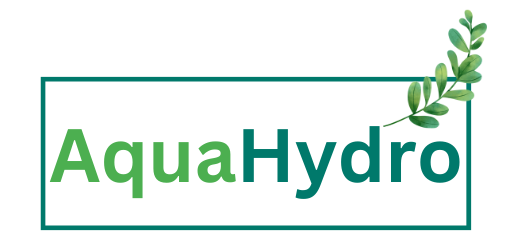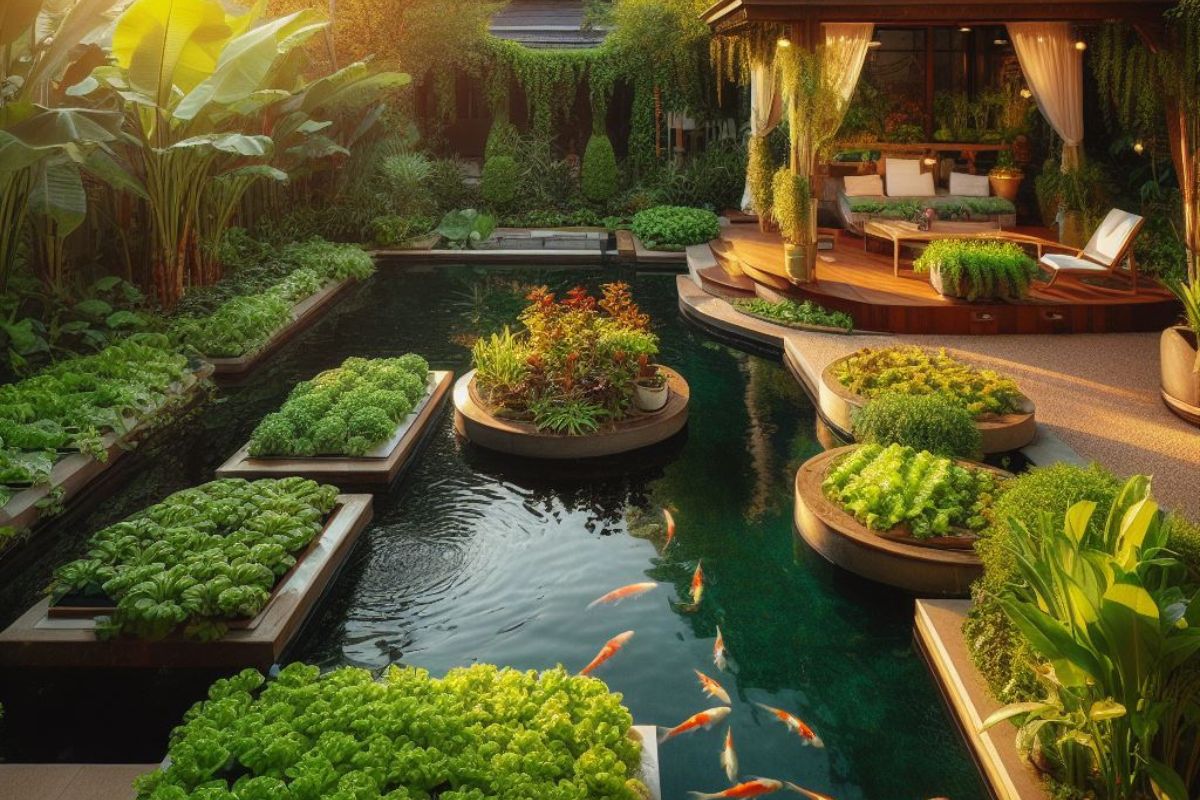In the ever-evolving world of sustainable gardening and innovative agricultural practices, aquaponic ponds have emerged as a groundbreaking solution that combines aquaculture and hydroponics, redefining how we grow food. At AquaHydro, we are passionate about the potential of aquaponic ponds to not only revolutionize sustainable agriculture but also to enhance the beauty of your outdoor space. In this comprehensive guide, we delve deep into the world of aquaponic ponds, exploring their benefits, construction, maintenance, and how they can transform your gardening experience.
Unveiling the Magic of Aquaponic Ponds
What Are Aquaponic Ponds?
Aquaponic ponds are a harmonious marriage of aquaculture and hydroponics, creating a self-sustaining ecosystem in your backyard or garden. In simple terms, it’s a system that combines fish farming (aquaculture) with soilless plant cultivation (hydroponics). This innovative approach harnesses the power of nature to grow healthy plants and fish simultaneously, promoting sustainability and reducing the need for traditional soil-based gardening.

The Key Components
To truly grasp the concept of aquaponic ponds, let’s break down the essential components:
- Fish Tank: This is the heart of the system, where fish are raised. Commonly used fish include tilapia, catfish, or even koi.
- Grow Beds: These are the planting areas where vegetables, herbs, and other crops are cultivated. The nutrient-rich water from the fish tank flows into these beds, providing essential nutrients to the plants.
- Water Pump: A pump ensures the continuous circulation of water from the fish tank to the grow beds, allowing the plants to absorb nutrients and purify the water for the fish.
- Microbes: Beneficial bacteria play a crucial role in breaking down fish waste into nutrients that plants can use, completing the natural cycle.
- Plumbing and Tubing: These components connect everything, creating a closed-loop system where water flows seamlessly between the fish tank and grow beds.
The Advantages of Aquaponic Ponds
Aquaponic ponds offer a plethora of advantages that make them an attractive choice for both seasoned gardeners and newcomers to sustainable agriculture.
Sustainable Gardening
In an era where environmental concerns are paramount, aquaponic ponds stand out as a sustainable gardening method. They use significantly less water than traditional gardening, making them eco-friendly. Additionally, the symbiotic relationship between fish and plants creates a closed-loop system that minimizes waste and maximizes efficiency.
Bountiful Harvests
With aquaponic ponds, you can enjoy consistently higher yields of crops. The nutrient-rich water fosters rapid plant growth, resulting in healthier and more abundant harvests. Imagine plucking fresh, organic vegetables from your backyard year-round!
Reduced Maintenance
Forget about the endless weeding and watering associated with traditional gardens. Aquaponic ponds require less maintenance since they are largely self-regulating. Once you’ve established the system, it operates efficiently with minimal effort.
Space Efficiency
Whether you have a sprawling garden or a compact urban backyard, aquaponic ponds can be tailored to fit your space. Their vertical and compact design allows you to maximize productivity even in limited areas.
Organic and Chemical-Free
Say goodbye to harmful pesticides and chemical fertilizers. Aquaponic ponds rely on natural processes to nurture your plants, resulting in organic and chemical-free produce.
Constructing Your Own Aquaponic Pond
Planning and Design
Building an aquaponic pond requires careful planning and design. Here is a comprehensive, step-by-step guide to help you begin:
Step 1: Select a Location
Choose a suitable spot for your pond, ensuring it receives adequate sunlight. Steer clear of locations susceptible to intense winds or extreme temperatures.
Step 2: Determine Size
The size of your pond depends on available space and your goals. Larger ponds can support more fish and plants, but they also require more maintenance.
Step 3: Gather Materials
Collect the necessary materials, including a fish tank, grow beds, plumbing components, and sturdy support for your system.
Step 4: Assemble the System
Set up the fish tank, connect the plumbing, and position the grow beds. Ensure everything is level and secure.
Choosing Fish and Plants
Selecting the right fish and plants is critical for a thriving aquaponic pond.
- Fish Selection
Consider the following factors when choosing fish:
- Climate compatibility
- Water temperature requirements
- Space constraints
Common choices include tilapia, catfish, and trout, but research the options suitable for your location.
- Plant Selection
Opt for plants that thrive in hydroponic conditions, such as:
Ensure they can coexist harmoniously with the chosen fish species.
Maintaining Your Aquaponic Pond
Water Quality
Regularly test the water quality to ensure optimal conditions for both fish and plants. Monitor pH levels, ammonia, nitrites, and nitrates. Make adjustments as needed to maintain a balanced ecosystem.
Feeding
Feed your fish high-quality fish food. Remember, their waste is the primary nutrient source for your plants.
Pruning and Harvesting
As your plants flourish, prune them to promote healthy growth. Harvest crops as they mature, enjoying the fruits (and vegetables) of your labor.
Aquaponic Ponds: A Sustainable Future
In conclusion, aquaponic ponds are more than just a gardening trend; they represent a sustainable future where we can grow food efficiently while minimizing our environmental footprint. At AquyaHydro, we believe in the transformative power of aquaponic gardening and are here to support you on your journey to creating your own thriving ecosystem. Embrace the world of aquaponic ponds and witness the remarkable benefits they can bring to your life and the planet.

